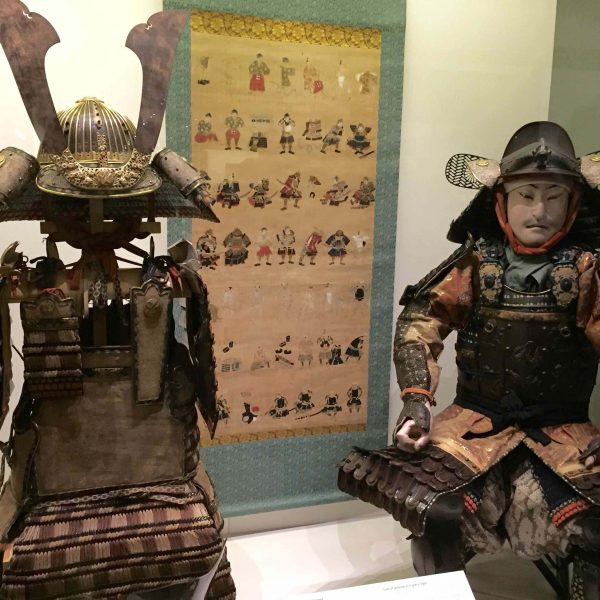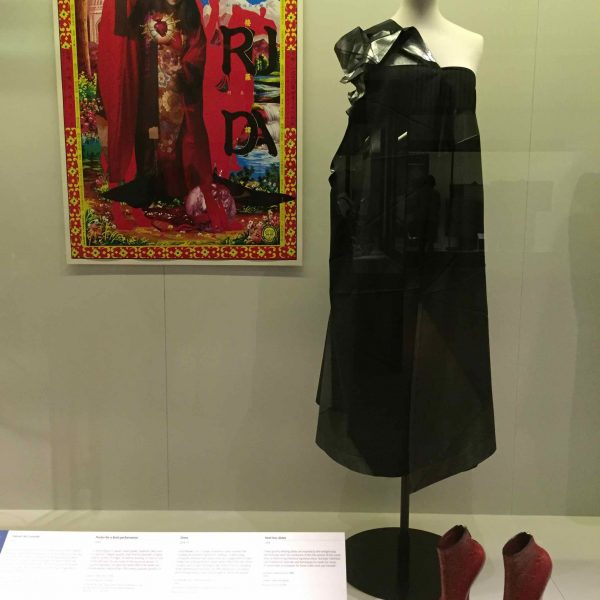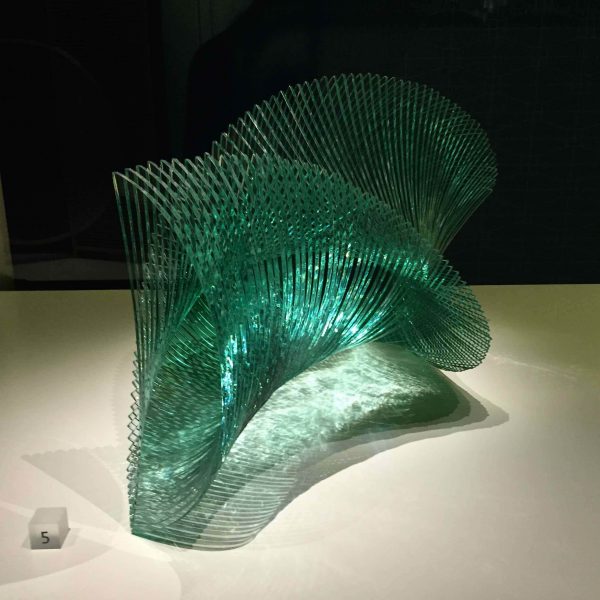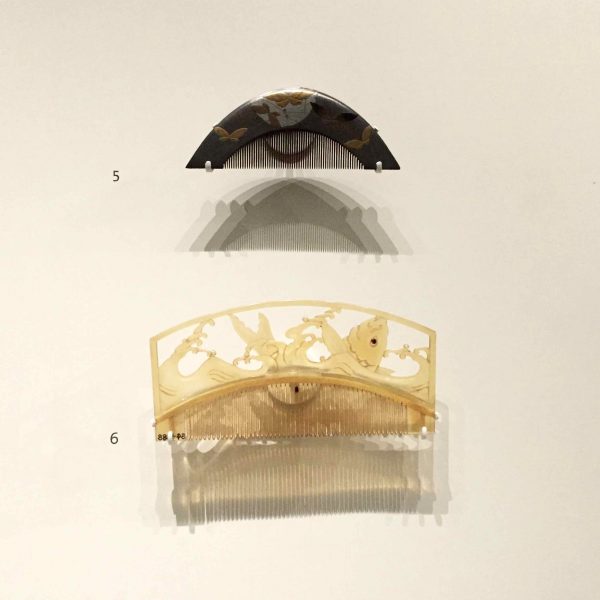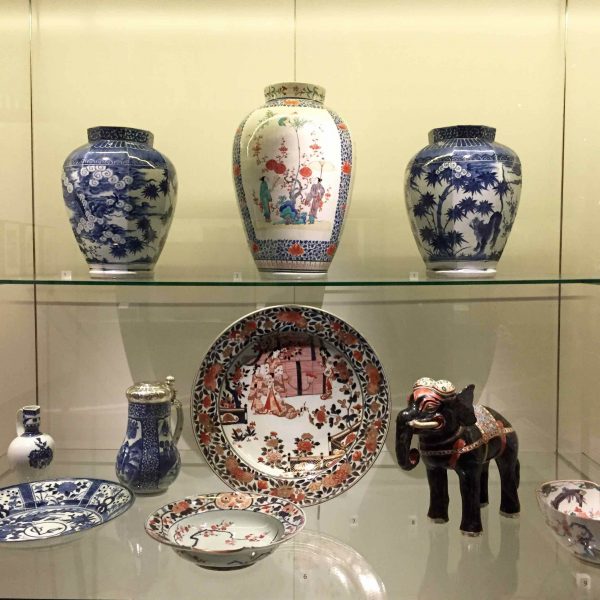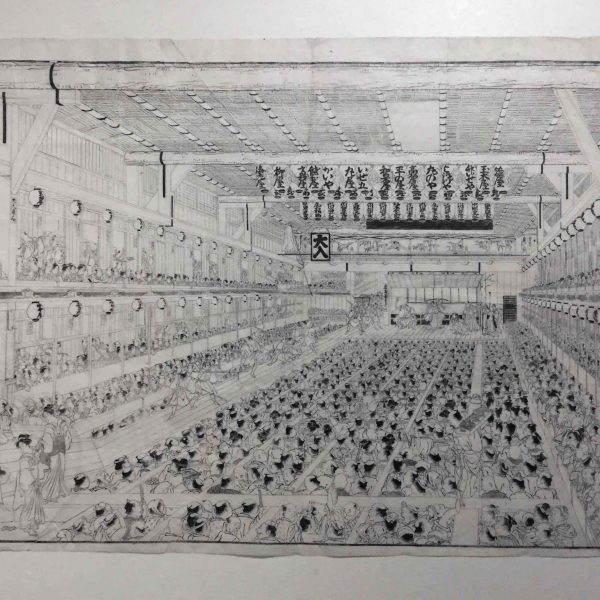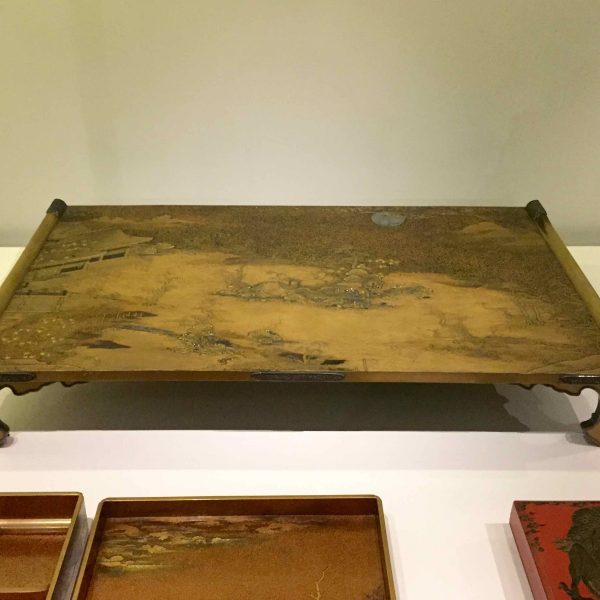
V&A to open refurbished Toshiba Gallery of Japanese Art
With thanks to the continuing generosity of the Toshiba Corporation
Opening 4 November 2015 #vamJapan
A Hello Kitty! rice cooker, toaster and kettle; a cloisonné enamel handbag imitating snakeskin; a selection of mobile phones designed by Naoto Fukasawa and a group of kimono from the 1920s-1930s are among recent acquisitions that will be shown in the V&A’s refurbished Toshiba Gallery of Japanese Art, which will reopen at the beginning of November. The gallery refresh is part of the V&A’s ongoing FuturePlan scheme of restoration and redesign to create beautiful and contemporary new settings for the Museum’s outstanding collections.
Originally opened in December 1986, the Toshiba Gallery of Japanese Art was the first major gallery of Japanese art in the UK. It was designed to showcase highlights of the V&A’s internationally important collection of Japanese art and design, which the Museum has built up since it was founded in 1852. The refurbished gallery will exhibit around 550 works in a newly curated series of displays that will include 30 or more recent acquisitions. The gallery will illustrate the extraordinary craftsmanship and artistic creativity of Japan from the sixth century to the present day through displays of swords and armour, lacquer, ceramics, cloisonné enamels, textiles and dress, inrō and netsuke, paintings, prints and illustrated books.
The lighting, graphics and display cases will be updated and the gallery reconfigured to give space to modern and contemporary objects such as interior design, product design, electronics, photography, graphics and fashion – both high-end and kawaii street. The first ever portable stereo Walkman designed and manufactured by Sony in 1979 will be shown, as will Shirō Kuramata’s 1989 ‘Cabinet of Curiosities’ made of coloured Perspex acrylic, an outfit from Issey Miyake’s 132 5. range which employs the concept of origami to create a piece of women’s wear out of a single piece of fabric and a pair of gravity-defying shoes by the brilliantly creative Noritaka Tatehana.
Martin Roth, Director of the V&A said: “In the many years since the V&A made its first Japanese acquisition, the collection of Japanese art at the V&A has developed into one of the most significant in the world. The fascination for Japanese culture, both historic and contemporary, is as strong today as it was in the late 19th century. The V&A’s collection is increasingly recognised for its modern crafts, design and fashion; fields in which Japan is recognised globally for its innovation and creativity. The Museum continues to develop its relationship with Japan and we hope the refurbished gallery will bring the rich artistic heritage and contemporary culture of the country to new audiences.”
Mr Noriaki Hashimoto, Corporate Vice President and Corporate Representative EMEA, Toshiba Corporation, said: “We are delighted to be continuing our long term support of the V&A. The Toshiba Gallery of Japanese Art has, since 1986, offered people from around the world a showcase for one of the world’s finest collections of Japanese art and design. All of us at Toshiba hope that the newly refurbished gallery continues to fascinate visitors to the V&A and to strengthen ties between Britain and Japan.”
The gallery will explore the history and traditions of Japan and how they resonate in contemporary society, covering themes such as religion and ritual, arts of the samurai, tea drinking, theatre and performance, fashionable dress, dress accessories, lacquer and elegant pursuits, ukiyo-e and the graphic arts, engagement with the West, Imperial Japan, folk craft and the modern and contemporary. The displays will be complemented by films about inrō, putting on a kimono and obi, how to make a sword fitting and how to get dressed in a suit of armour.
Treasures of the gallery include the lavishly decorated Mazarin Chest, made in Kyoto around 1640, which is one of the finest pieces of Japanese export lacquer to have survived from this time; a wonderfully preserved late 17th-century six-fold screen depicting the Nakamura-za Kabuki theatre in Edo (Tokyo); a set of twelve inrō for the twelve months of the year by the renowned 19thcentury lacquer artist Shibata Zeshin; utensils for the tea ceremony including several rare and important examples of ceramics; and a major group of extremely high quality cloisonné enamels from the period 1880 to 1910.



